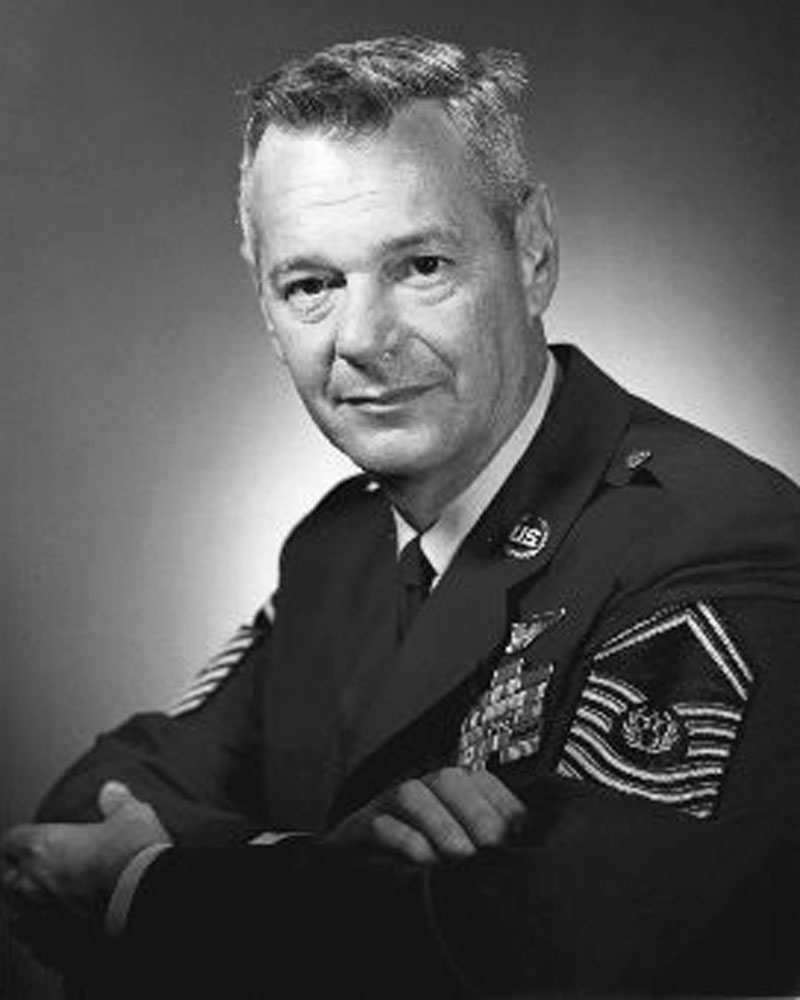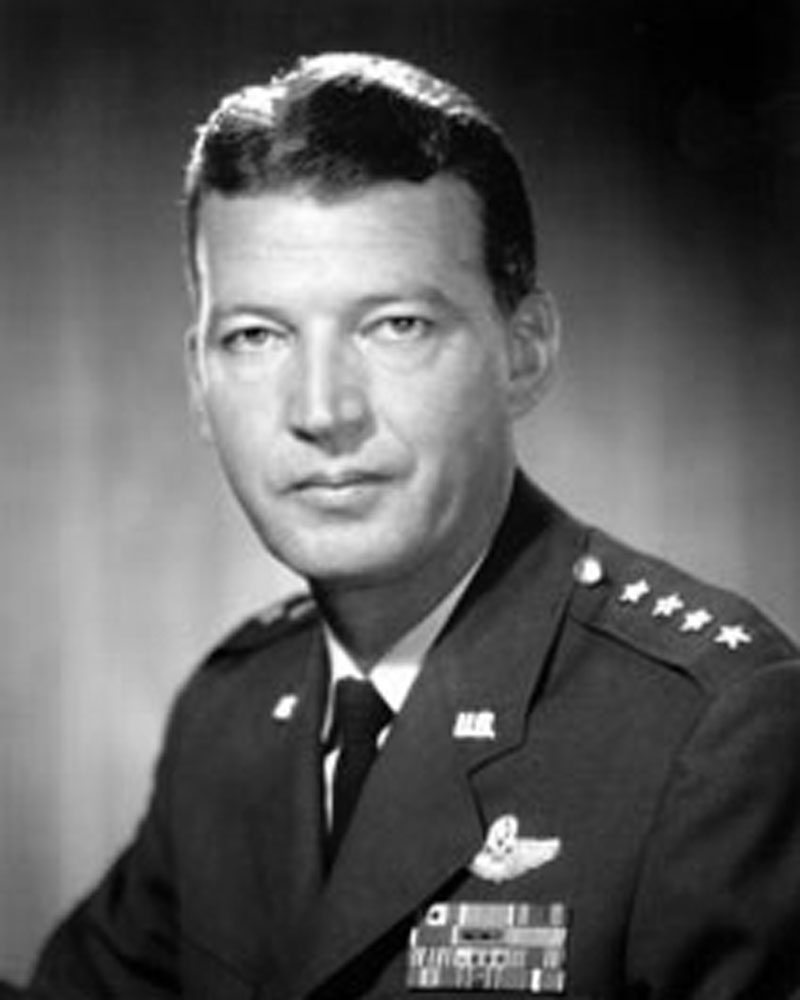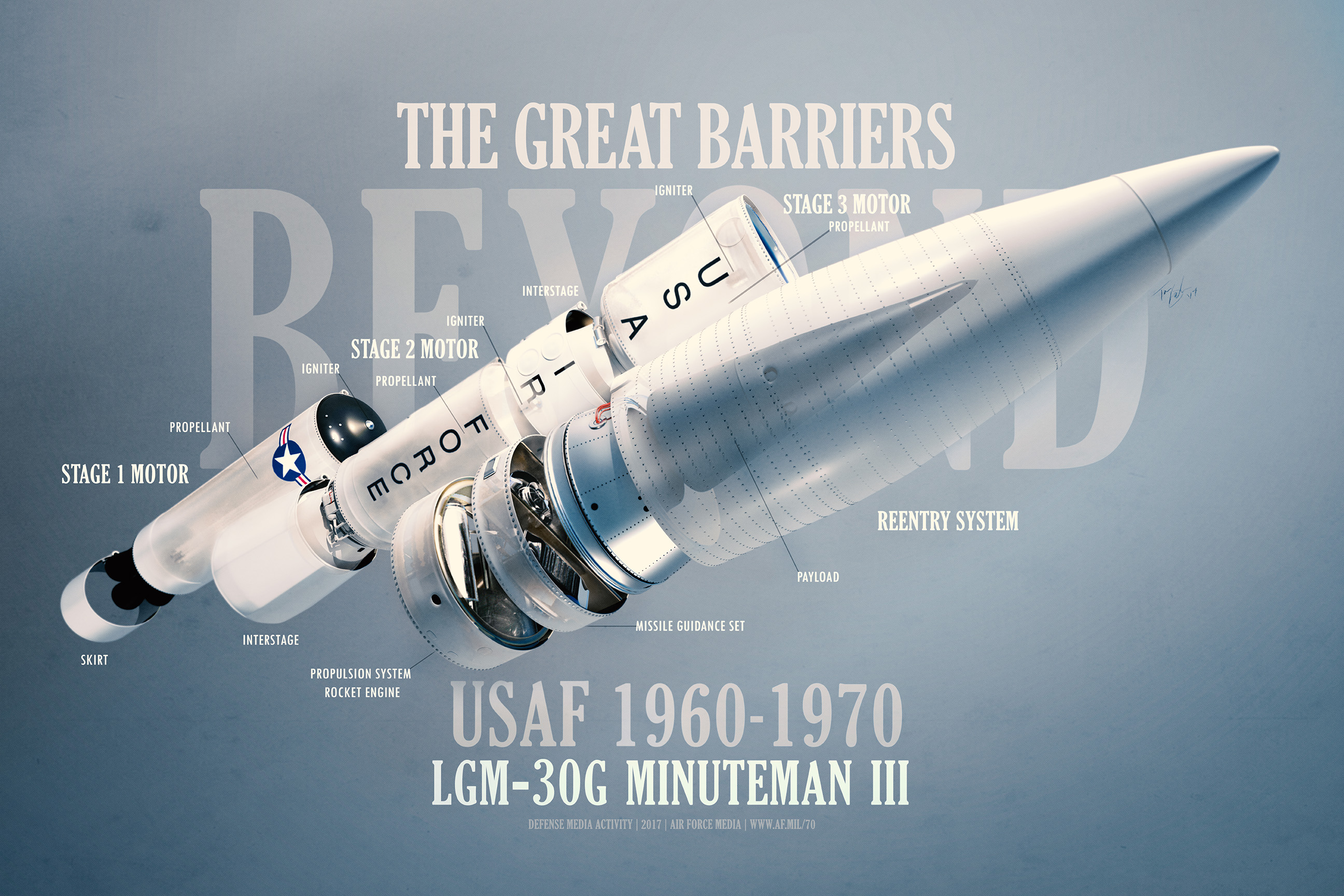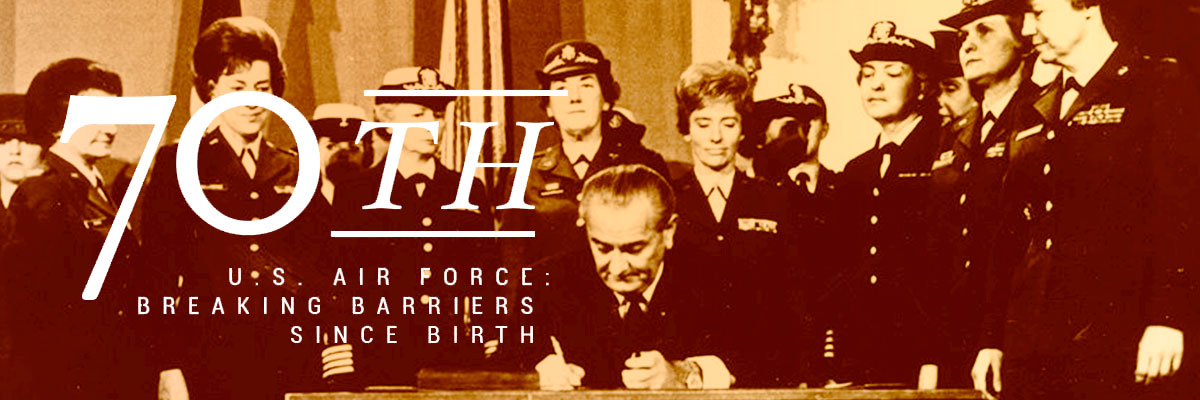
Vietnam War
Though the U.S. Air Force mission in Vietnam was initially training and advising the South Vietnamese air force, U.S. involvement began to escalate in 1964. In 1965, President Lyndon B. Johnson ordered Operation Rolling Thunder with the intent of destroying the North Vietnamese supply network and air defense system.
China and the Soviet Union assisted North Vietnam by providing weapons, uniforms and equipment as well as lending moral, logistical and technical military support. Technology provided by the Soviets included radar, anti-aircraft artillery, surface-to-air and air-to-air missiles, and MiG-21 aircraft. This created the strongest air defense system in the world.
The U.S. Air Force responded by conducting numerous close air support and bombing missions with aircraft such as the F-4 Phantom II, F-100 Super Sabre, A-1 Skyraider and B-52 Stratofortress. Airmen during that time also delivered supplies and conducted medical rescue missions supporting U.S. activities throughout the region. U.S. ground troops began pulling out in the late 1960s, and airpower became more important to the offensive mission, which continued into the early 1970s. During that time, the Air Force constructed and improved roads, buildings and airfields in the region to support the U.S. mission.
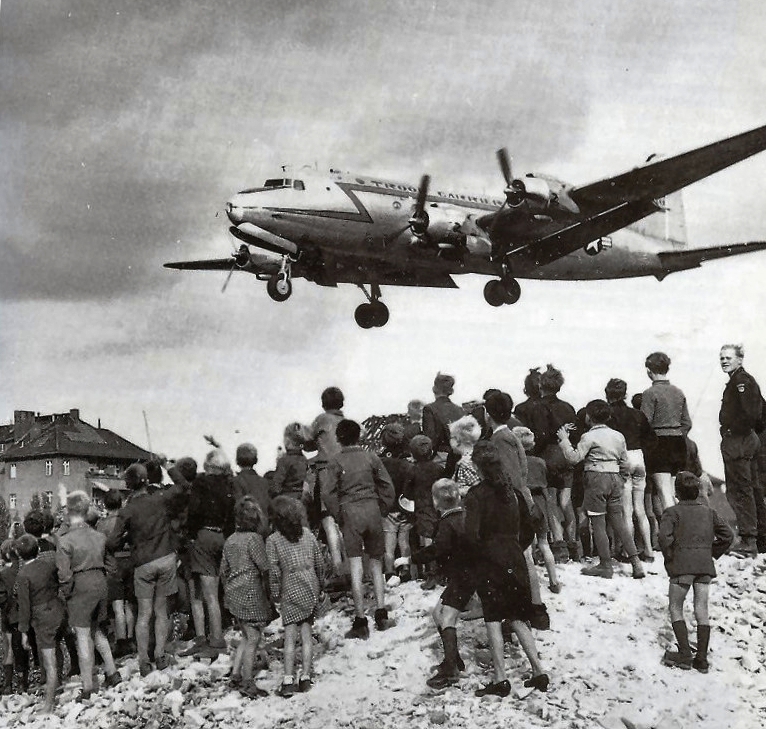 The United States’ Cold War conflict with the Soviet Union continued through the 1960s. Strategic Air Command was expanded through the early 1960s because the U.S. mistakenly believed the Soviet Union’s bomber technology outpaced the U.S. In response, the U.S. Air Force began developing new bombers.
The United States’ Cold War conflict with the Soviet Union continued through the 1960s. Strategic Air Command was expanded through the early 1960s because the U.S. mistakenly believed the Soviet Union’s bomber technology outpaced the U.S. In response, the U.S. Air Force began developing new bombers.
Aircraft
The B-58 Hustler was developed for the Strategic Air Command and came into use in 1960. Intended for supersonic speed and high altitude flights, it replaced the B-47 Stratojet medium bomber. Capable of carrying five nuclear weapons, the B-58 set 19 world speed and altitude records and won five aviation trophies. The aircraft was in use from 1960-1970. It was retired due to improvement in Soviet missiles.
While speed barriers had already been broken earlier in Air Force history, in January 1966, the SR-71 arrived at Beale Air Force Base, Calif., and would proceed to set air speed records unmatched event to this day. The strategic reconnaissance aircraft, capable of hypersonic speeds surpassing 2,000 mph and altitudes over 85,000 feet, gave the U.S. an advantage over its adversaries. The first operational missions in the SR-71 were flown over Vietnam, out of Kadena Air Base, Japan in March 1968. The aircraft’s extremely small radar signature, coupled with unrivalled speed wreaked havoc on adversaries as no aircraft were ever lost due to enemy involvement.
Women in the Air Force
While many men were drafted into the military through the Selective Service System, women were serving voluntarily. Challenging technical jobs were still closed to women in the 1960s. Even in Vietnam, military women were expected to wear skirts and pumps instead of the combat boots their male counterparts wore. However, in 1967, Congress voted in favor of allowing women to be promoted to higher ranks, including general, and removed the restriction allowing women to make up no more than 2 percent of the military. Though the majority of the thousands of women who served during the Vietnam War were nurses, others worked as physicians, air traffic controllers, intelligence officers and other important positions.
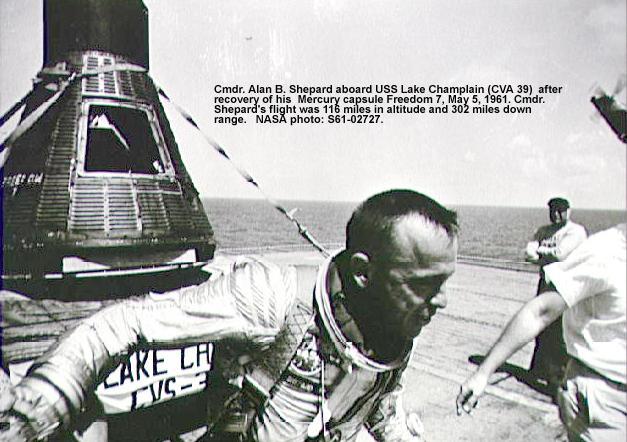
Aerospace events
The 1960s saw great advancements in America’s space program. Alan Shepard was the first American in space when he took off from Florida in the Freedom 7 on May 5, 1961.
The Gemini flight program consisted of 12 space missions flown between 1965 and 1966, two of which were manned. The missions launched from Cape Canaveral Air Force Station, Florida. The Air Force later looked into using Gemini spacecraft for military operations in the Manned Orbiting Laboratory project.
The Apollo Flight Program began in 1961, and accomplished the first landing of humans on the moon when Neil Armstrong and Buzz Aldrin landed on July 20, 1969. Aldrin, an Air Force pilot, flew F-86 Sabres during the Korean War, which included 66 combat missions. He later flew F-100 Super Sabres at Bitburg, Germany, before retiring from active duty in 1972.
Technology
Technology improved tremendously from 1960-1970. Introduced in January 1962, the IBM 7094 was one of the most powerful mainframe computers of the early 1960s. The system offered substantial increases in internal operating speeds and functional capacities to match growing scientific workloads and helped significantly reduce manpower requirements for key Air Force missions during the war. The 7094 also played a critical role in the Gemini and Apollo space programs and was used in the Ballistic Missile Early Warning System guarding against intercontinental ballistic missiles. The Air Force began developing laser-guided weapons in the early part of the decade, and by 1968, lasers guided Paveway bombs in Vietnam. This allowed greater accuracy in striking difficult targets, with laser-guided bombs achieving direct hits almost 50 percent of the time. Unguided bombs only achieved about 6 percent accuracy.
